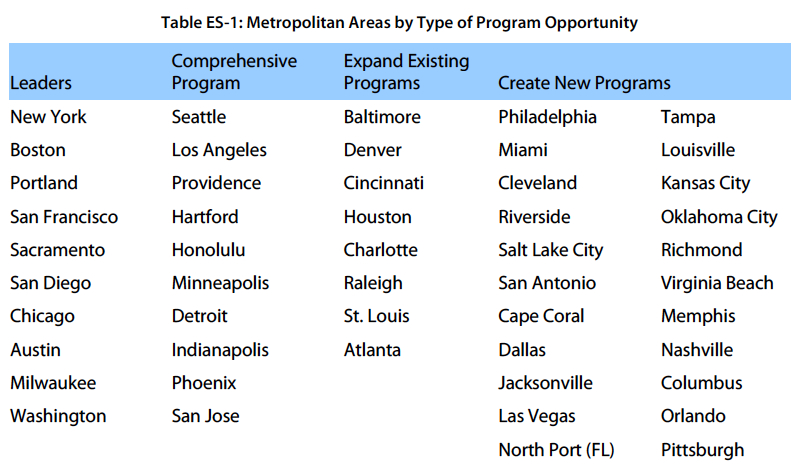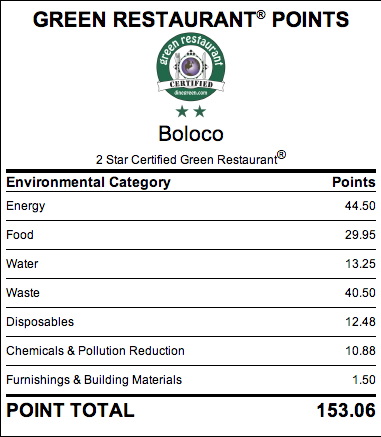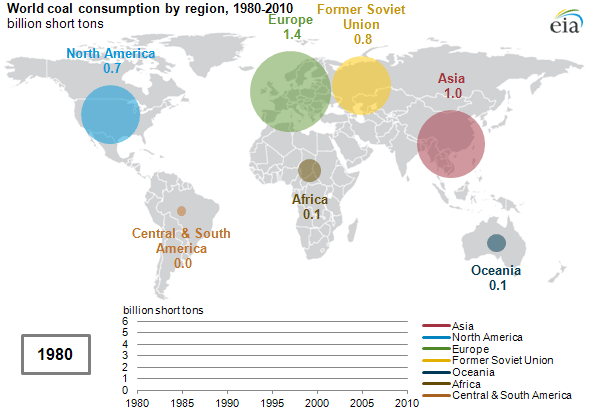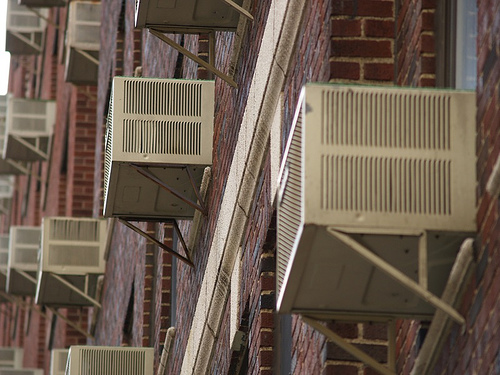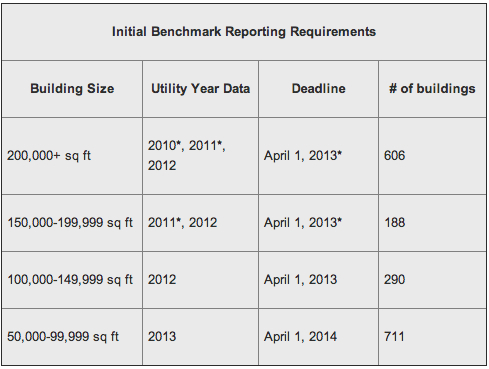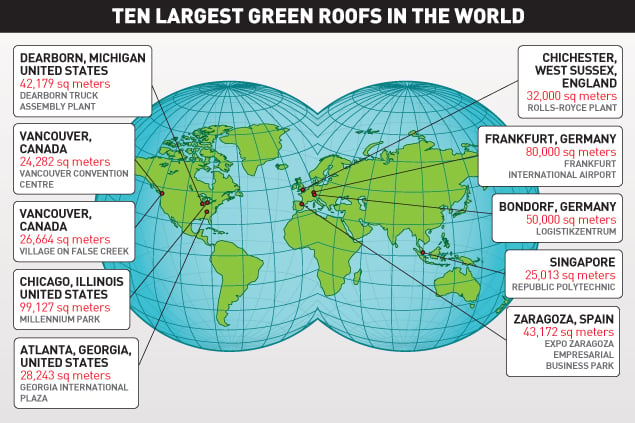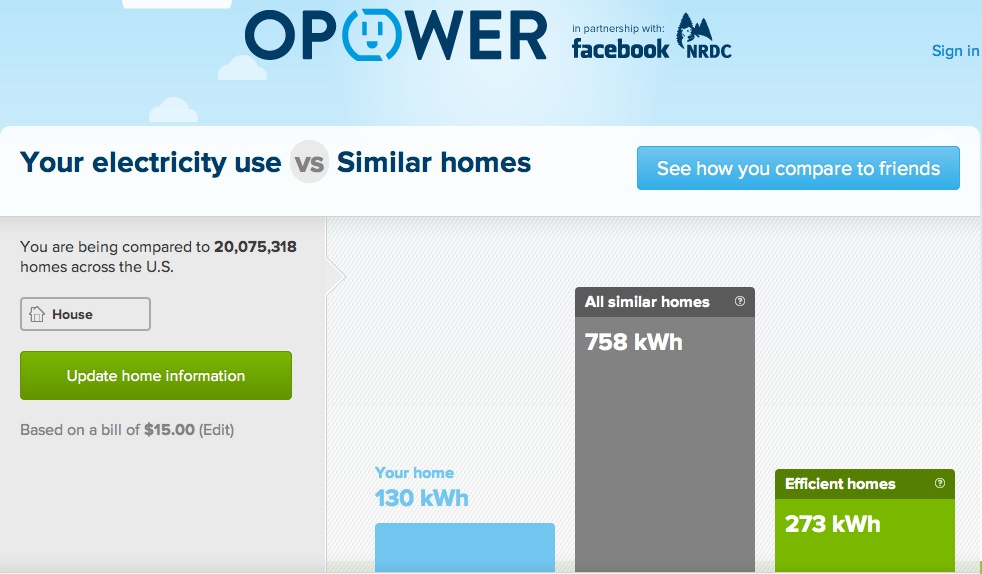Last week, Boston joined the ranks of seven other forward thinking cities and is now requiring building owners to benchmark their energy and water use. A component of the City’s Climate Action Plan, the Building Energy Reporting and Disclosure Ordinance will help Boston meet the Mayor’s greenhouse gas reduction goal of 25% by 2020. In Boston, buildings alone account for 70% of the city’s greenhouse gas emissions, more than double the emissions from the transportation sector!
Utility Tracking and Benchmarking Blog | WegoBlog
Catherine Schirm
Recent Posts
Tags: Benchmark, Energy Disclosure
Multifamily Energy Efficiency Programs: The Black Sheep?
Posted by Catherine Schirm on Fri, Mar 15, 2013
In 2009, multifamily residents spent $22 billion in energy utilities, amounting to roughly 10% of the total residential spending on utilities. If you think that’s a significant chunk of cash, by 2025, spending on utilities in the multifamily sector is predicted to increase an additional $15.9 billion. This increase represents a significant opportunity to use our utility resources to improve the energy efficiency of multifamily homes, which tend to receive the short end of the stick when it comes to utility funded energy efficiency programs. Last week, the American Council for an Energy-Efficient Economy (ACEEE) published a report, “Scaling up Multifamily Energy Efficiency Programs: A Metropolitan Area Assessment,” with all the information your heart could possibly desire about multifamily energy efficiency programs. Didn’t have time to read the report yet? We’ll break it down for you.
You’re hungry. You want to visit your local favorite restaurant, but you’ve heard rumors that it’s awful for your carbon footprint to eat anyplace other than home. Which is true depending on where you dine. According to a USA Today article, the average restaurant annually uses 500,000 kWh of electricity, 20,000 therms of natural gas, and 800,000 gallons of water. That's a lot of energy and water!
However, fear not! Restaurant owners worldwide are improving the sustainability of their cuisine and the establishments where their cuisine is served, so that we can enjoy some good, and green, eats. But how can you know? Many restaurants boast of their local ingredients, but there are multiple factors that contribute to a restaurant’s being “green.” In addition to ingredients and how dishes are prepared, there’s water efficiency, waste management, cleaning methods, interior design and heating, just to name a few. Thankfully, several organizations have undertaken the task of helping consumers identify eco friendly restaurants with green restaurant certifications or guidelines to helping consumers eat green, no matter where they are. Championing the cause in the US is the Green Restaurant Association.
Tags: Sustainability, Green living
Corporate environmentalism has been a focus of organizations since the 1980s. Following the first wave of environmentalism that began in the 1970s, corporations, particularly the executive branch, began to realize the business value of sustainability. Since the 1980s, a third wave of corporate environmentalism has emerged. Businesses now recognize that their value increases not just by greening their products and operations, but by engaging employees in this corprate environmentalism as well. According to a National Geographic survey in 2008, more than 80% of U.S. workers said that they believed it was important to work for a company that makes sustainability a top priority.
In today's blog post we will let the infographics do the talking. Explore energy consumption on a global, national, and personal level with these five infographics. Let us know which one is your favorite!
Tags: Sustainability, Energy efficiency
Window Fan vs Air Conditioner: How Much Energy do They Use?
Posted by Catherine Schirm on Fri, Sep 14, 2012
With summer almost over and the August utility bills paid, you may be feeling a little poorer. You feel like your electric bills were a lot higher during the summer than the spring, but why? Doesn’t the sun stay up longer, reducing your need to turn on lights? Well yes, but then you remember, you and your roommates have been running fans and window AC units all summer! How much of an impact did this have on your electricity bill? And which is the bigger energy hog, the window fan or the window AC??
Tags: Energy efficiency, Green living
Coffee. It’s just another part of your daily routine. Right? Wrong! Have you ever thought of the vast impact your coffee habits have on the environment and on the local economy?
Tags: Sustainability, Green living
With energy efficiency becoming increasingly important as cities strive to be green, benchmarking has become a standard in cities like New York, San Francisco, Philadelphia, and most recently, in DC! The Clean and Affordable Energy Act of 2008 requires all private buildings over 50,000 gross square feet in DC to report their energy use to the District Department of the Environment. WegoWise is here to break down the facts and tell you the top ten things you need to know if you are a building owner in DC:
Tags: News and Policy, Energy efficiency, Affordable housing
Tags: Energy efficiency, Green living


